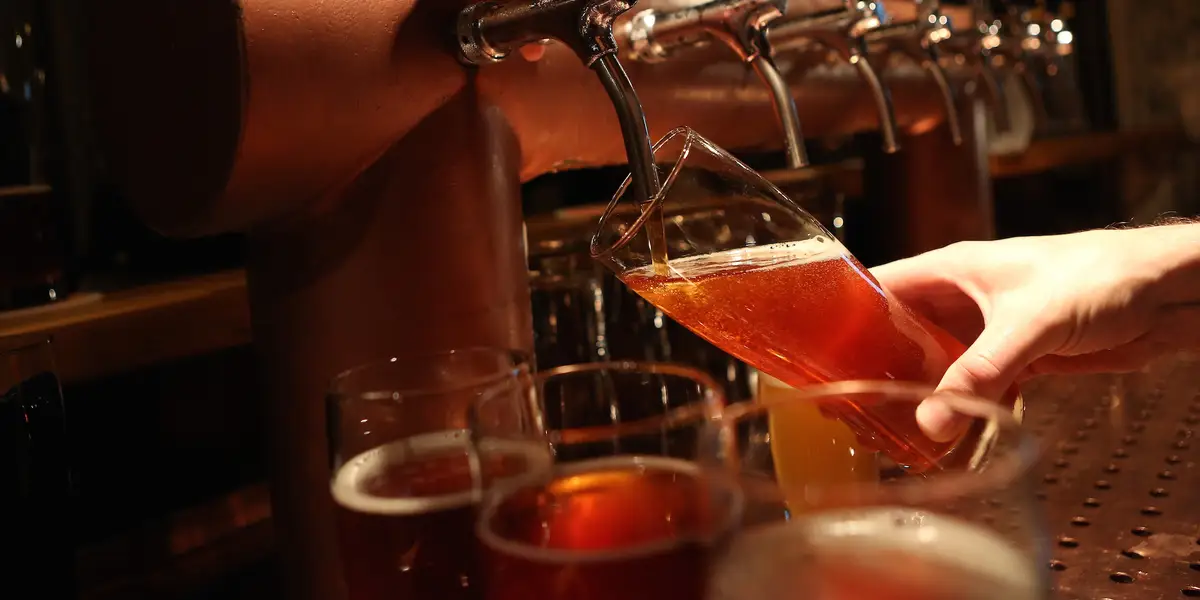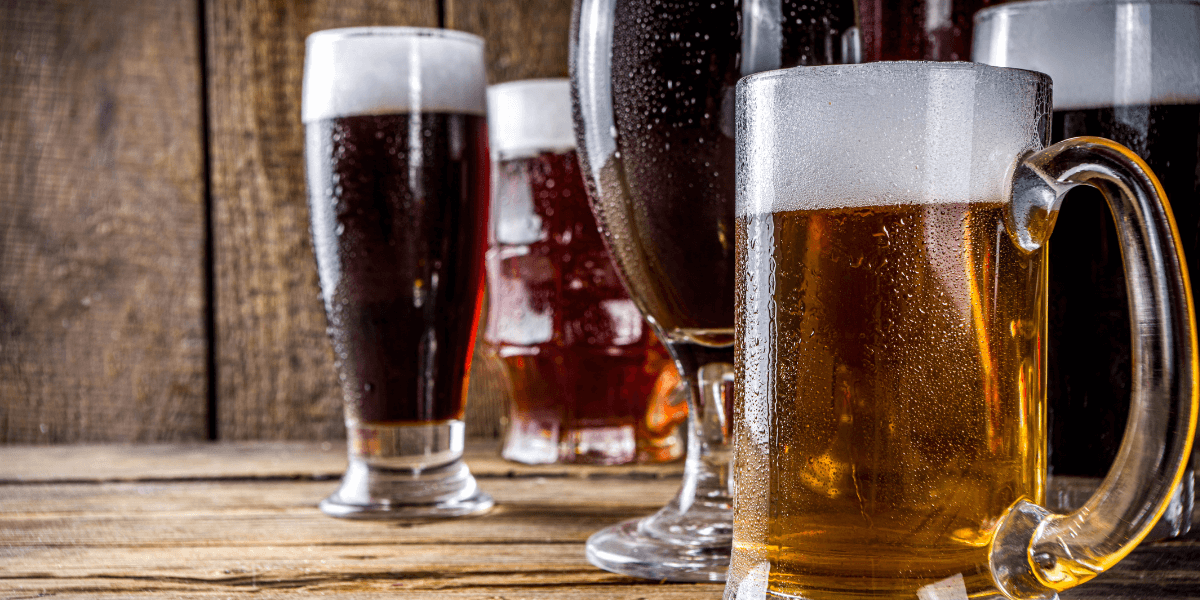
As a passionate home brewer, there’s a distinct sense of accomplishment that comes with replicating a commercially produced beer. There’s something truly satisfying about the idea of brewing a true commercial beer clone—especially when it’s a beer you’ve enjoyed countless times from your local brewery or grocery store. Not only does it allow you to bring your favorite brew to life in your own home, but it also provides valuable insight into the techniques and ingredients used by professional brewers. If you’re interested in brewing a beer that tastes just like one of your favorite commercial beers, keep reading. This guide will walk you through the steps involved in brewing a true commercial beer clone, from the initial recipe selection to the final tasting.
Why You Should Try Brewing a True Commercial Beer Clone
The concept of brewing a true commercial beer clone might sound like an ambitious undertaking, but it’s something every home brewer should consider trying. For me, the allure lies in the challenge of duplicating the flavors and characteristics of a beer I already love. There’s something inherently gratifying about creating a familiar flavor profile that can be shared with friends or enjoyed after a long day. It’s also a fantastic way to improve your brewing skills, as you’ll need to pay close attention to the ingredients, the process, and the timing.
Furthermore, cloning beers can be an incredible learning experience. It forces you to think critically about the various aspects that go into brewing, such as the use of malt, hops, yeast, and water chemistry. As you work through the brewing process, you’ll gain a deeper understanding of what makes a specific beer taste the way it does. Plus, you have the option to tweak and refine the recipe to match your preferences.
Choose Your Commercial Beer Wisely
The first step in brewing a true commercial beer clone is to select the beer you want to replicate. Ideally, this should be a beer you’ve had before and are extremely familiar with—this will give you a good benchmark to measure against throughout the brewing process. If you’re new to cloning beers, I recommend starting with a simple, straightforward beer. You might want to avoid extremely complex styles like barrel-aged stouts or high-gravity IPAs for your first attempt, as these can be more difficult to replicate due to the intricate flavors involved.
Whether it’s a crisp pale ale, a malty amber lager, or a refreshing wheat beer, choose a beer that resonates with your personal tastes. Not only will this make the brewing process more enjoyable, but it will also increase the chances of your clone being a success. Once you’ve selected the beer, do some research to learn more about its composition and style.
Research the Recipe for Your Clone
After choosing the beer you want to replicate, the next step is to dive deep into researching the recipe. A key aspect of brewing a true commercial beer clone is having a solid understanding of what goes into the beer. Many breweries are open about the ingredients used in their beer, so you might find the official recipe or clues about the malts, hops, and yeast on brewing forums, social media, or dedicated brewing websites. These resources are invaluable, and they provide a great starting point.
Alternatively, you can also search for homebrewers who have successfully cloned the beer in question. Many homebrew communities, like HomeBrewTalk, share detailed clone recipes that are specifically designed to recreate commercial beers. Keep in mind that while these recipes can be extremely helpful, there may be slight variations in the exact ingredients used. It’s always a good idea to cross-reference different sources to ensure accuracy.
If you’re particularly adventurous, you could also try reverse-engineering the recipe by taste-testing the beer and making your own educated guesses. Pay attention to the beer’s aroma, mouthfeel, color, and flavor, and make notes of any distinct characteristics such as bitterness, sweetness, or fruitiness. This step may take some trial and error, but it can be incredibly rewarding.
Gather the Necessary Ingredients
With the recipe in hand, the next step in brewing a true commercial beer clone is gathering all the ingredients. This part can be tricky, as commercial recipes often call for specific malts, hops, and yeast strains that might not be readily available at your local brew store. If you can’t find the exact ingredients listed in the recipe, don’t worry—you can usually find a substitute.
Malts
For most beer recipes, you’ll start with a base malt. Pale malt is commonly used for many beer styles, but depending on the beer you’re cloning, you might need to use other specialty malts. These specialty malts are what contribute to the unique color, body, and flavor profile of the beer. For example, a malty amber lager might require a healthy dose of caramel malts, while a hop-forward IPA might not need much more than base malts with a touch of specialty malts for added complexity.
When sourcing your malts, be sure to match the grain bill as closely as possible. Some homebrew suppliers may offer malt blends designed specifically to replicate certain beer styles, which can be especially helpful when trying to brew a true commercial beer clone.
Hops
Hops are another key component in the brewing process, and they’re especially important when you’re cloning a beer. The hop varieties used in the original beer will directly affect the beer’s bitterness and aroma. For instance, American IPAs often feature hops like Simcoe, Cascade, or Amarillo, each of which brings its own unique flavors to the table.
When researching the recipe, take note of the hop varieties used and make sure to source those. However, if you’re unable to find a specific hop, look for something with similar characteristics. There are several hop substitution charts available online that can help guide you in finding a comparable hop.
Yeast
The yeast strain used in the original beer plays a significant role in the final flavor profile. Yeast contributes not only to fermentation but also to the beer’s mouthfeel, aroma, and flavor. If the recipe you’re following specifies a particular yeast strain, make sure to use it. Many beers, particularly Belgian-style ales, rely on yeast to impart distinctive fruity or spicy flavors, so using the right strain is crucial when cloning the beer.
Brew Your Clone
Once you have all of your ingredients, it’s time to begin the brewing process. This step is where the magic happens, and it’s vital to follow the recipe carefully to ensure you’re staying on track. Make sure you’re precise with the temperatures, mash times, and hop additions. Even small adjustments can significantly alter the final flavor of your beer.
The brewing process begins with mashing the grains to extract fermentable sugars. This is followed by boiling the wort and adding hops at various stages for bitterness, flavor, and aroma. Once the boil is complete, you’ll need to cool the wort and transfer it to your fermenter.
After pitching the yeast, the fermentation process begins. During this time, the yeast will convert the sugars into alcohol and create the desired flavors. Keep an eye on the fermentation temperature to ensure that it remains within the recommended range for the yeast strain you’re using.
Age and Taste Test
Once fermentation is complete, it’s time to package your beer. Bottling or kegging the beer and allowing it to age will help improve its clarity, flavor, and carbonation. Be patient during this process—commercial beers often require weeks or months of aging to reach their peak flavor. Taste your beer at various stages of aging, comparing it to the original commercial beer to see how close you’ve come.
Conclusion
Brewing a true commercial beer clone is a fantastic way to hone your brewing skills and create a beer that you truly enjoy. By carefully following the recipe, sourcing the right ingredients, and paying attention to the brewing process, you can replicate your favorite commercial beers with your own personal twist. While it may take a few attempts to get everything just right, the process is both educational and incredibly rewarding.
Each time you brew a true commercial beer clone, you’ll get closer to mastering the craft of brewing, and who knows—you might even create a clone that’s better than the original!




